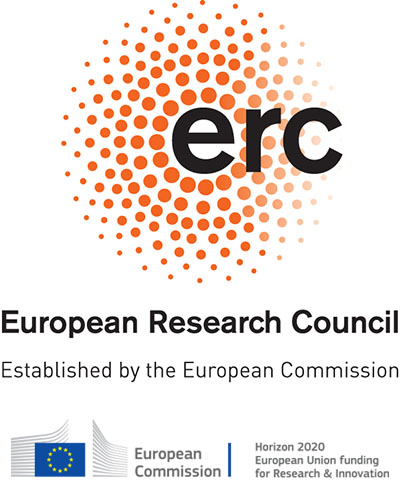We are to revolutionize the empirical analysis of gossip and reputation by developing new statistical methods for triadic interactions, such as gossip, that are embedded in social networks. This innovation is necessary, because current social network methodologies are built exclusively on a dyadic ground. We will draw on the analogy of dyadic stochastic actor-oriented network models (SOAMs). SOAMs consider directed relations that exist due to the choice of the sender. The occurrence of a particular relation, however, is not independent of other ties in the network, and it is a logit function of sender, receiver, dyadic, and structural characteristics. As an underlying logic, the occurrence of a particular relation is compared with random graphs that have otherwise similar characteristics. Following these pathways, we propose to compare the occurrence of a particular ijo gossip triad in t to the set of all possible triads and to a random triad census with otherwise identical characteristics (density, size). This logic is different from that of traditional social network methods. First of all, it considers the triad as the interest of analysis. Second, the basis of comparison is not a random graph in which the occurrence of triads is not likely at all. This defines a new methodology that was envisioned by and who viewed this model as a cross-nested multilevel model with relationships nested in the three actors involved. Since all actors can perform in all three roles, the accompanying random effects are not independent, but assumed to come from a trivariate normal distribution. The model can be estimated using Markov Chain Monte Carlo (MCMC) estimation. Hypotheses can be formulated and operationalized with explanatory variables entering the statistical model. Similar to dyad-based explanatory models, key variables could be grouped as individual variables (sender, receiver, object), dyadic relational variables (such as reciprocity between sender and receiver), triadic relational variables (such as social distance constraints to the object), contextual parameters (e.g., communication opportunities), and structural parameters (such as redundancy due to structural closure).



